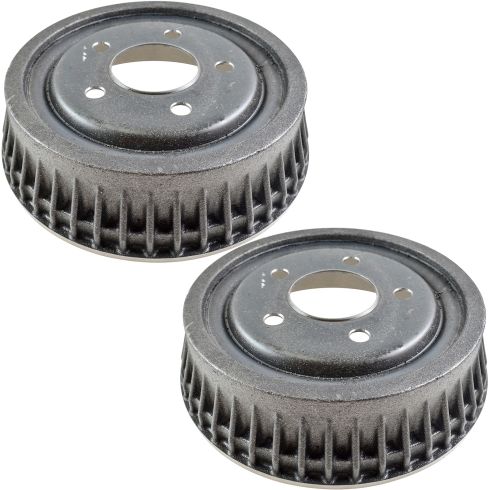1ABDS00034-Rear Driver & Passenger Side 2 Piece Brake Drum Set TRQ BRA19701

Replaces
1990 Olds Silhouette Rear Driver & Passenger Side 2 Piece Brake Drum Set TRQ BRA19701

Product Reviews
Loading reviews
5.00/ 5.0
1
1review
Great brakes
October 29, 2019
Love that it came as a pair. Great quality of brakes
Customer Q&A
Does this kit come with the brake shoes and hardware or just the drums???
August 12, 2021
10
This listing is for a pair of brake drums only, and we do not carry the shoes or hardware to go along with them.
August 13, 2021
T I
Oldsmobile is a registered trademark of General Motors Company. 1A Auto is not affiliated with or sponsored by Oldsmobile or General Motors Company.
See all trademarks.








